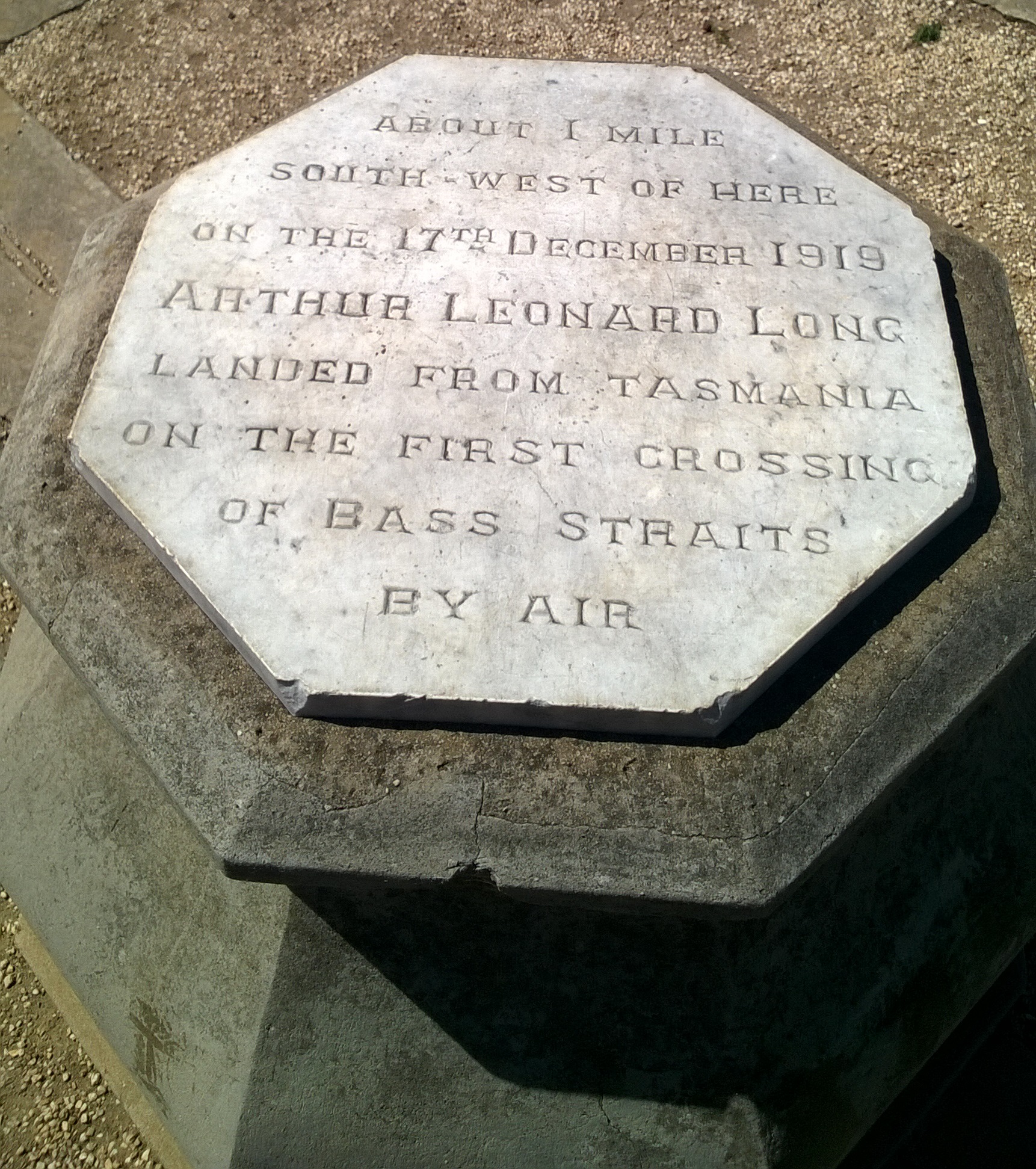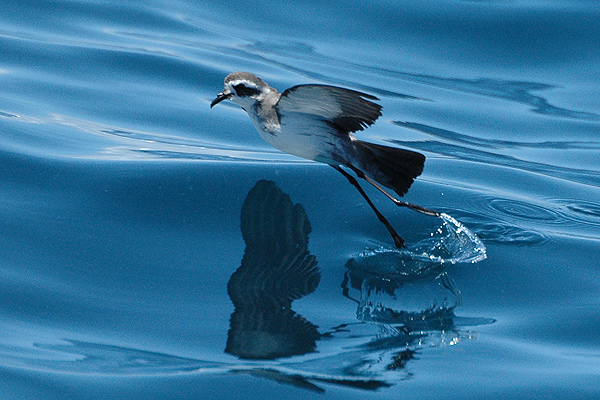|
Freycinet Map Of 1811
The Freycinet Map of 1811 is the first map of Australia to be published which shows the full outline of Australia. It was drawn by Louis de Freycinet and was an outcome of the Baudin expedition to Australia. It preceded the publication of Matthew Flinders' map of Australia, ''Terra Australis or Australia'', by three years. Background The Baudin expedition to Australia was intended to be a voyage of discovery that would further scientific knowledge and perhaps eclipse the achievements of Captain James Cook. Napoléon Bonaparte, as First Consul, formally approved the expedition ‘to the coasts of New Holland’, after receiving a delegation of Nicolas Baudin and eminent members of the Institut National des Sciences et Arts on 25 March 1800. The explicit purpose of the voyage was to be ‘observation and research relating to Geography and Natural History.’ Among those joining the Baudin expedition's ships, the ''Géographe'' and ''Naturaliste'', were Sub-Lieutenants Louis-Clau ... [...More Info...] [...Related Items...] OR: [Wikipedia] [Google] [Baidu] |
Australia
Australia, officially the Commonwealth of Australia, is a country comprising mainland Australia, the mainland of the Australia (continent), Australian continent, the island of Tasmania and list of islands of Australia, numerous smaller islands. It has a total area of , making it the list of countries and dependencies by area, sixth-largest country in the world and the largest in Oceania. Australia is the world's flattest and driest inhabited continent. It is a megadiverse countries, megadiverse country, and its size gives it a wide variety of landscapes and Climate of Australia, climates including deserts of Australia, deserts in the Outback, interior and forests of Australia, tropical rainforests along the Eastern states of Australia, coast. The ancestors of Aboriginal Australians began arriving from south-east Asia 50,000 to 65,000 years ago, during the Last Glacial Period, last glacial period. By the time of British settlement, Aboriginal Australians spoke 250 distinct l ... [...More Info...] [...Related Items...] OR: [Wikipedia] [Google] [Baidu] |
Timor
Timor (, , ) is an island at the southern end of Maritime Southeast Asia, in the north of the Timor Sea. The island is Indonesia–Timor-Leste border, divided between the sovereign states of Timor-Leste in the eastern part and Indonesia in the western part. The Indonesian part, known as West Timor, constitutes part of the Provinces of Indonesia, province of East Nusa Tenggara. Within West Timor lies an exclave of Timor-Leste called Oecusse District. The island covers an area of . The name is a variant of ''timur'', Malay language, Malay for "east"; it is so called because it lies at the eastern end of the Lesser Sunda Islands. Mainland Australia is less than 500 km away, separated by the Timor Sea. Language, ethnic groups and religion Anthropologists identify eleven distinct Ethnolinguistic group, ethno-linguistic groups in Timor. The largest are the Atoni of western Timor and the Tetum language, Tetum of central and eastern Timor. Most indigenous Timorese languages ... [...More Info...] [...Related Items...] OR: [Wikipedia] [Google] [Baidu] |
Canberra
Canberra ( ; ) is the capital city of Australia. Founded following the Federation of Australia, federation of the colonies of Australia as the seat of government for the new nation, it is Australia's list of cities in Australia, largest inland city, and the list of cities in Australia by population, eighth-largest Australian city by population. The city is located at the northern end of the Australian Capital Territory at the northern tip of the Australian Alps, the country's highest mountain range. Canberra's estimated population was 473,855. The area chosen for the capital had been inhabited by Aboriginal Australians for up to 21,000 years, by groups including the Ngunnawal and Ngambri. history of Australia (1788–1850), European settlement commenced in the first half of the 19th century, as evidenced by surviving landmarks such as St John the Baptist Church, Reid, St John's Anglican Church and Blundells Cottage. On 1 January 1901, federation of the colonies of Australi ... [...More Info...] [...Related Items...] OR: [Wikipedia] [Google] [Baidu] |
Quentin Bryce
Dame Quentin Alice Louise Bryce, (née Strachan; born 23 December 1942) is an Australian academic who served as the 25th Governor-General of Australia from 2008 to 2014. She is the List of elected and appointed female heads of state, first woman to have held the position, and was previously the 24th Governor of Queensland from 2003 to 2008.Pollard (13 April 2008) Born in Brisbane, Queensland, Bryce was raised in Ilfracombe, Queensland, Ilfracombe, with her family subsequently living in a number of country towns around Australia. She attended the University of Queensland, where she completed a Bachelor of Arts and a Bachelor of Laws, becoming one of the first women accepted to the Queensland Bar council, Bar. In 1968, Bryce became the first woman appointed as a faculty member of the law school where she had studied, and in 1978 she joined the new National Women's Advisory Council (later National Women's Consultative Council and then Australian Council for Women). This was follo ... [...More Info...] [...Related Items...] OR: [Wikipedia] [Google] [Baidu] |
Rupert Gerritsen
Rupert Gerritsen (1953 – 3 November 2013) was an Australian historian and a noted authority on Indigenous Australian prehistory. Coupled with his work on early Australian cartography, he played an influential part in re-charting Australian history prior to its settlement by the British in 1788, and noted evidence of agriculture and settlements on the continent before the arrival of settlers. Early years Rupert Gerritsen was born in Geraldton,Fremantle Press Authors "G" Fremantle Press, 2011 in 1953, of |
Roadstead Of Lorient
The roadstead of Lorient (, ) is a roadstead located to the west of Morbihan in Brittany, France. Geography The harbor of Lorient constitutes the mouths of the rivers Blavet, Scorff and the Ter in the Atlantic Ocean. It has several port facilities, including marinas but also the infrastructure of the Lorient Submarine Base. Oriented northeast-southwest, it has an island in its center, Île Saint-Michel, and communicates with the Atlantic Ocean to the south by two passes, the ''Passe du Sud'' and the ''Passe de l'Ouest'', separated by reefs. Its northern part is more specifically called the harbor of Pen-Mané while that to the south is called the harbor of Port-Louis. It is bordered to the west by the communes of Larmor-Plage, Lorient and Lanester and to the east by those of Kervignac, Locmiquélic, Port-Louis, Morbihan, Port-Louis and Gâvres. Port facilities Lorient * Lorient Submarine Base * : the second-largest fishing port in France in tonnage and first in added val ... [...More Info...] [...Related Items...] OR: [Wikipedia] [Google] [Baidu] |
Bass Strait
Bass Strait () is a strait separating the island state of Tasmania from the Mainland Australia, Australian mainland (more specifically the coast of Victoria (Australia), Victoria, with the exception of the land border across Boundary Islet). The strait provides the most direct waterway between the Great Australian Bight and the Tasman Sea, and is also the only maritime route into the economically prominent Port Phillip Bay. Formed 8,000 years ago by rising sea levels at the end of the last glacial period, the strait was named after English explorer and physician George Bass (1771–1803) by History of Australia (1788–1850), European colonists. Extent The International Hydrographic Organization defines the limits of Bass Strait as follows: :''On the west.'' The eastern limit of the Great Australian Bight [being a line from Cape Otway, Australia, to King Island (Tasmania), King Island and thence to Cape Grim, the northwest extreme of Tasmania]. :''On the east.'' The western li ... [...More Info...] [...Related Items...] OR: [Wikipedia] [Google] [Baidu] |
't Gulden Zeepaert
() was a ship belonging to the Dutch East India Company. It sailed along the south coast of Australia from Cape Leeuwin in Western Australia to the Nuyts Archipelago in South Australia early in 1627. The captain was François Thijssen. Details of the voyage On 22 May 1626 sailed from the Netherlands under the command of Francois Thijssen (sometimes recorded as Thijszoon and Thyssen). Also on board was Pieter Nuyts, extraordinary member of the Dutch East India Company's Council of India, their executive body in the East Indies. It appears that in January 1627 the vessel encountered Australia in the vicinity of Cape Leeuwin. Instead of turning north to make for Batavia, as required by Dutch ships of this period, following what is known as the Brouwer Route, it continued along the south coast of Australia for a distance of . They reached St Francis and St Peter Islands in what is now known as the Nuyts Archipelago, off Ceduna in South Australia. Thijssen mapped the coastl ... [...More Info...] [...Related Items...] OR: [Wikipedia] [Google] [Baidu] |
Nuyts Archipelago
The Nuyts Archipelago is an island group in South Australia in the Great Australian Bight, to the south of the town of Ceduna on the west coast of the Eyre Peninsula. It consists of mostly granitic islands and reefs that provide breeding sites for Australian sea lions and support colonies of short-tailed shearwater. It also includes the island group known as the Isles of St Francis. All the islands, with the exception of a part of Evans Island, are located within the protected areas of the Nuyts Archipelago Wilderness Protection Area and the Nuyts Archipelago Conservation Park. Description Of the roughly 30 islands and reefs in the archipelago, those lying furthest from the coast of the Eyre Peninsula are the Isles of St Francis, after the largest. Most of the islands are formed of calcarenite lying on granite; where the softer calcarenite is close to sea level it has been heavily eroded by wave action. The area is biologically unique in South Australia due to the in ... [...More Info...] [...Related Items...] OR: [Wikipedia] [Google] [Baidu] |
Kangaroo Island
Kangaroo Island (, ) is Australia's third-largest island, after Tasmania and Melville Island, Northern Territory, Melville Island. It lies in the state of South Australia, southwest of Adelaide. Its closest point to the mainland is Snapper Point in Backstairs Passage, which is from the Fleurieu Peninsula. The native population of Aboriginal Australians that once occupied the island (sometimes referred to as the Kartan people) disappeared from the archaeological record sometime after the land became an island following the sea level rise, rising sea levels associated with the Last Glacial Period around 10,000 years ago. It was subsequently settled intermittently by sealers and whalers in the early 19th century, and from 1836 on a permanent basis during the British colonisation of South Australia. Since then the island's economy has been principally agricultural, with a Jasus edwardsii, southern rock lobster fishery and with tourism growing in importance. The largest town, and ... [...More Info...] [...Related Items...] OR: [Wikipedia] [Google] [Baidu] |
Encounter Bay
Encounter Bay is a bay in the Australian state of South Australia located on the state's south central coast about south of the state capital of Adelaide. It was named by Matthew Flinders after his encounter on 8 April 1802 with Nicolas Baudin, the commander of the Baudin expedition of 1800–03. It is the site of both the mouth of the River Murray and the regional city of Victor Harbor. It is one of four " historic bays" located on the South Australian coast. Extent There are at least two definitions of the bay’s extent: *Firstly, the US National Geospatial-Intelligence Agency states that Newland Head is its westerly extremity while the mouth of the River Murray is the easterly extremity. *Secondly, Australian authorities consider the bay’s extent consists of all of the sea north of a line running east from the southern tip of Rosetta Head to the Younghusband Peninsula. Encounter Bay is one of four bays on the South Australian coast considered by the Austral ... [...More Info...] [...Related Items...] OR: [Wikipedia] [Google] [Baidu] |







